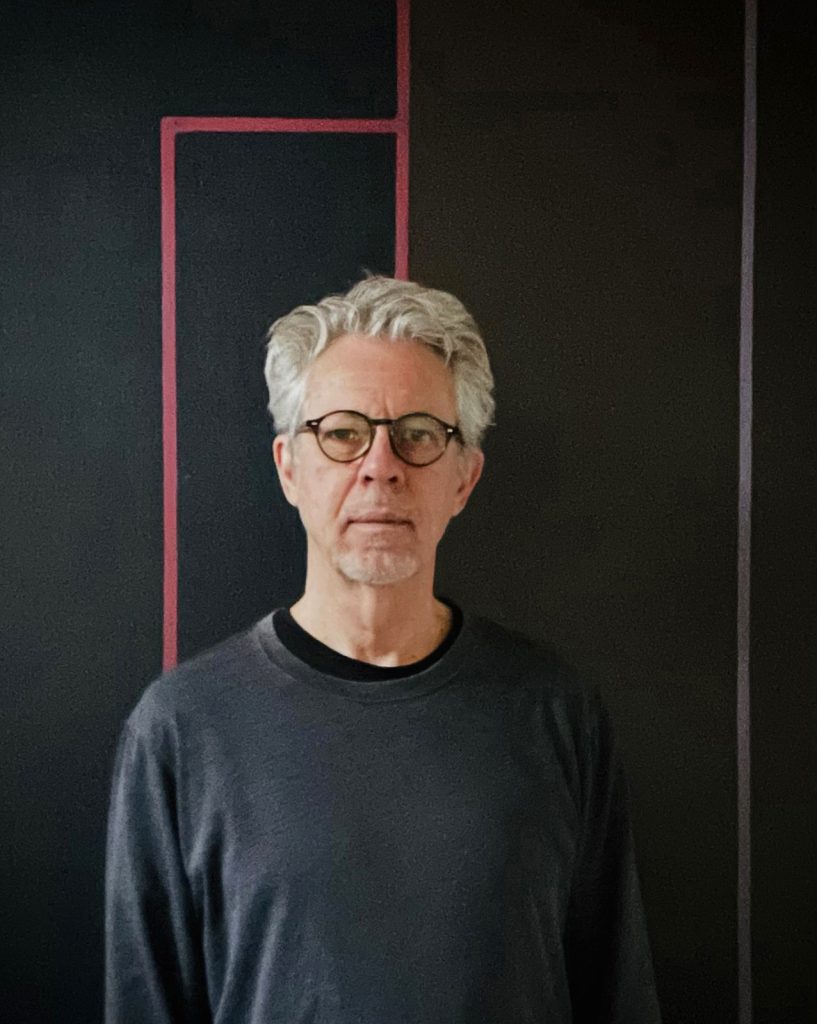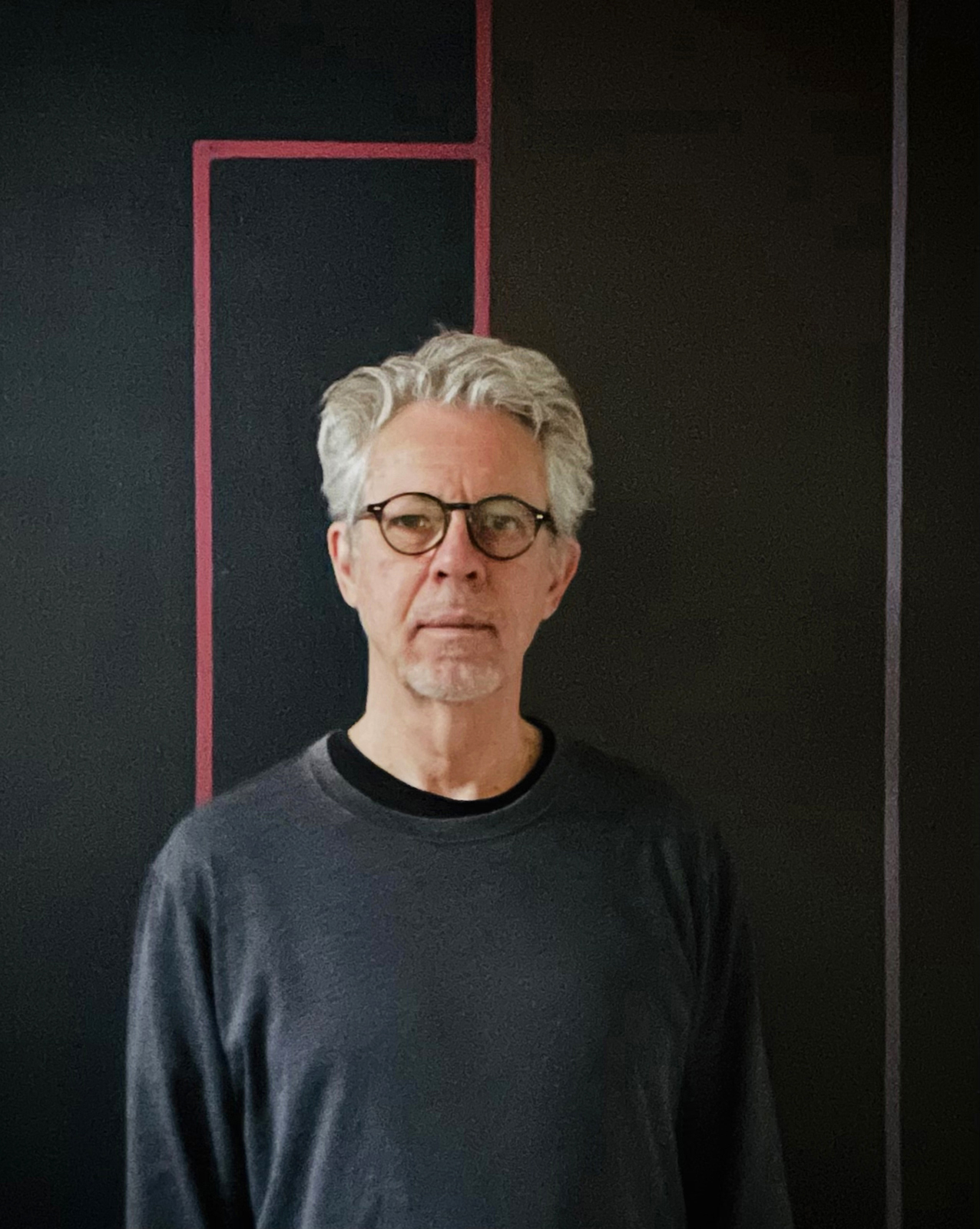
Exploring the Visual Language of Rebecca Purdum’s Abstract Art

Exploring the Elusive Intimacy of Rebecca Purdum’s Abstract Paintings
In the heart of Hudson, New York, at the Pamela Salisbury Gallery, an extraordinary exhibition reveals the transformative power of abstraction through the enigmatic works of artist Rebecca Purdum. Titled Rebecca Purdum: 11 Paintings, this collection is a quiet yet radical exploration of visual language, where the physical act of painting becomes a metaphysical inquiry into perception, memory, and time.
Beyond Representation: Purdum’s Unique Approach to Abstraction
Though Purdum’s canvases may appear to conjure landscapes or fleeting glimpses of reality—a gray sky over a frozen field, a dense cloud hovering in an endless space—they resist literal interpretation. These allusions are not intentional representations but byproducts of texture, pigment, and process. This resistance to direct symbolism is what distinguishes Purdum’s paintings. Their elusive quality invites prolonged observation and introspection, drawing the viewer beyond the limits of language and into the intangible realms of emotion and sensory experience.
Purdum herself avoids working in a serial mode. Each of her abstract works is singular, a culmination of decisions and revisions using a tactile, performative method. She applies oil paint with her hands, merging gesture with intuition, and then scrapes it away with a palette knife. This act of addition and subtraction creates a visual palimpsest—layers of erasure and emergence that encode time and labor into the very surface of her work.
The Dance of Presence and Absence
Each painting in the exhibition can be seen as a paradox: simultaneously assertive and self-effacing. Tracks of earlier marks remain, but no clear progression is visible. In Inside, Outside (2024), the artist cloaks the canvas in a dark, earthy green, creating a void-like oval shape that hovers uneasily, both open and closed. In its core, a diffused shape teases clarity yet resists comprehension. In such works, Purdum points to the limitations of language and cognition—what we see and feel cannot always be named.
Similarly, Harbor (2024) evokes an emotional pull through the density of its maroon upper register, a floating “cloud” that seems tethered to the canvas by faint white gestures. These marks flicker into view only to recede again, much like memories or dreams—impossible to fully retrieve or define. The painting January (2025), by contrast, incorporates green marks that sit ambiguously on the canvas, shifting between figure and ground, presence and dissolve. Purdum does not chase clarity. Instead, she honors ambiguity as a more truthful mirror of inner life.
Material and Metaphor: The Interface of Surface and Time
Purdum’s technique creates a union between pigment and painting surface so complete that her paintings appear to breathe. Oil and linen seem fused by erosion and time. Whether on linen or panel, the works become sites of silent storytelling, their narratives told not in plot or symbol, but through texture and tone.
Her surfaces bear witness to a temporal process, appearing worn yet alive. They express the compression of time—not in a linear unfolding but an accumulation of moments, much like how we experience memory. This material sensitivity evokes a “visual poetry,” akin to how Rainer Maria Rilke expressed existential desire and solitude in his Duino Elegies.
In grappling with formlessness, Purdum touches something both ancient and immediate. She offers a tactile confrontation with the act of seeing, asking viewers not just to view the work but to feel it—viscerally, sensually, inwardly. Her paintings recognize the frailty and transience of existence without depicting it directly.
Extending the Legacy, Breaking from It
Though Purdum’s work shares affinities with Abstract Expressionists like Mark Rothko or Ad Reinhardt—particularly in her meditative use of color and refusal to assign explicit meaning—she diverges in significant ways. Rothko and Reinhardt sought transcendence through monumental presence. Purdum seeks the intimate, the ephemeral, the endlessly shifting. While Rothko wanted his viewers to experience the sublime, Purdum engages with the friction between the ineffable and the earthly.
Her art is rooted in the now: in the scraped paint, in the imperfections of surface, and in the fleeting glimmers of light. Her works are not about grand narratives but about solitary, deeply internal engagements. They invite solitude and contemplation, inciting what feels like a whispered conversation with your own inexpressible thoughts.
The Unphotographable Experience
Purdum’s abstraction, like the natural phenomena it might incidentally resemble, defies documentation. In the digital age, where every image can be replicated and disseminated, her paintings rebel by being resolutely of the moment. Light interacts with their irregular surfaces in ways that can never be fully captured. They change with every glance, reflecting the instability and impermanence of